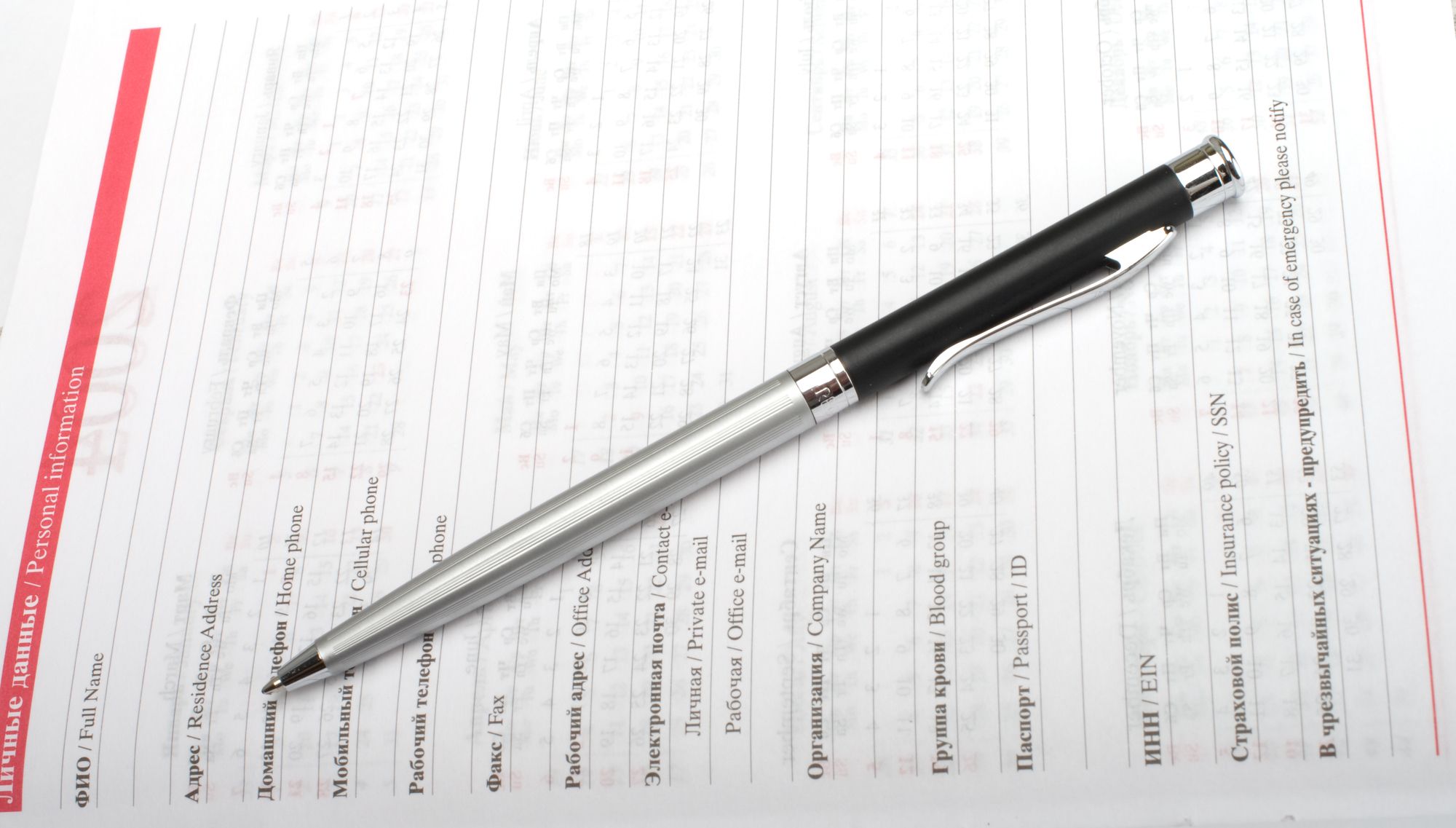Keeping track of MYOB lists and records- 5 practices

With all your MYOB records, keeping track of them can pose to be a large and rather overwhelming task. However, as long as you make use of these 5 practices, you will find that keeping track of them is not as complicated as it seems to be. Here is what you should regularly practise. Make use of these 5 steps and you will be able to retrieve, find and organise all your MYOB lists properly:
1. Finding Records
Your MYOB records are stored under relevant lists. As the lists get longer, finding your records manually can take up quite a while. So this is why the MYOB software has made the options for refined searching available. Users can search for records under tabs, or using the search fields to narrow down their searches. The search results can be filtered through a series of different search terms and fields. Do so and press tab once you are done to sort the list. You can reset by clicking icons next to your search fields. You can also make use of the advanced filter options to further narrow down your search.
2. Changing Records
There are some areas to MYOB records that users can make changes to. To do so, access the MYOB list that the record is stored under and look for the record you want changed. Once you have successfully located the record you want, make use of the zoom icon (arrow) next to the record. This will enable you to see the record details in the information window. Make the changes you need and simply click OK to successfully change the records.
3. Activating/Inactivating
Keep your MYOB lists properly managed by inactivating records you don’t use. This will remove the options from selection lists and shorten your records so selecting things will become easier. You can still use inactive records if you have to, but you will have to manually enter it. Look for the records you want to inactivate or reactivate and click on the arrow next to them so that the details are available. Choose the profile tab and look for the option to select.
4. Deleting Records
MYOB users are able to delete records that are no longer required. However, in order to do so, their records have to meet a certain condition- they must not be used in transactions. If they have been used in transactions, they will be required to delete the related transactions before being able to delete the records. To delete, visit the Lists menu in MYOB and choose the related list. Find the record and choose the arrow next to the record so that the details appear. You will then be able to access the edit menu and manually choose to delete the record.
5. Combine Records
There are times where one will find themselves at a need to combine two MYOB records into one. For example, a merge between two suppliers or accounts for different departments and the like. In order to accommodate that requirement, MYOB allows users to do so. However, users will have to identify the primary and secondary records when combining them. Take note that the primary MYOB record will become the source that stores all the transaction information (including the transaction information from the secondary record) since the secondary record will be deleted so make sure to use the combine function carefully.
These are the 5 practices one has to make sure to do in order to keep track of MYOB lists and records. While getting used to them can take some time to ease into, as long as you are able to keep these in mind and regularly keep track of your records, finding them would take no time at all!